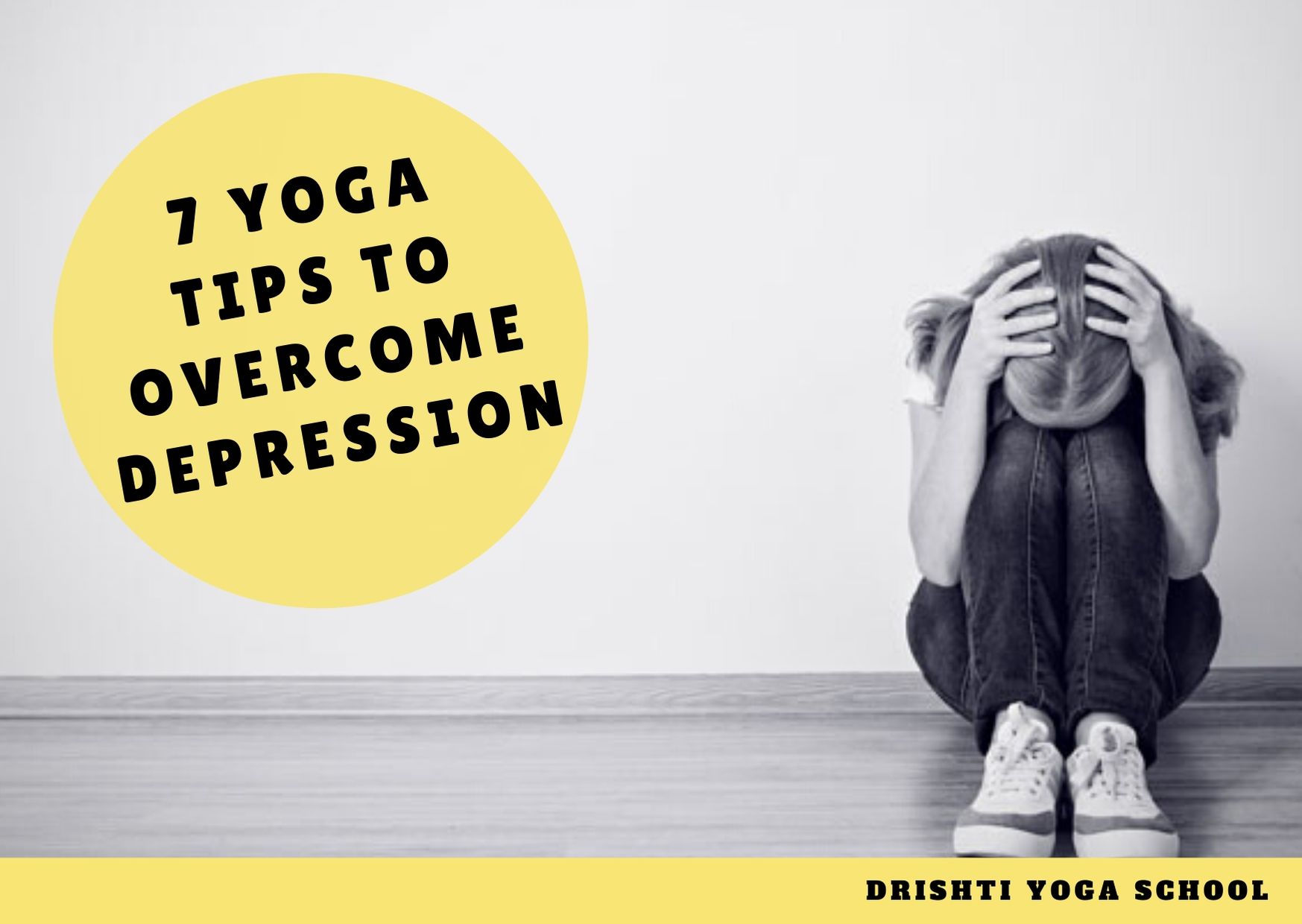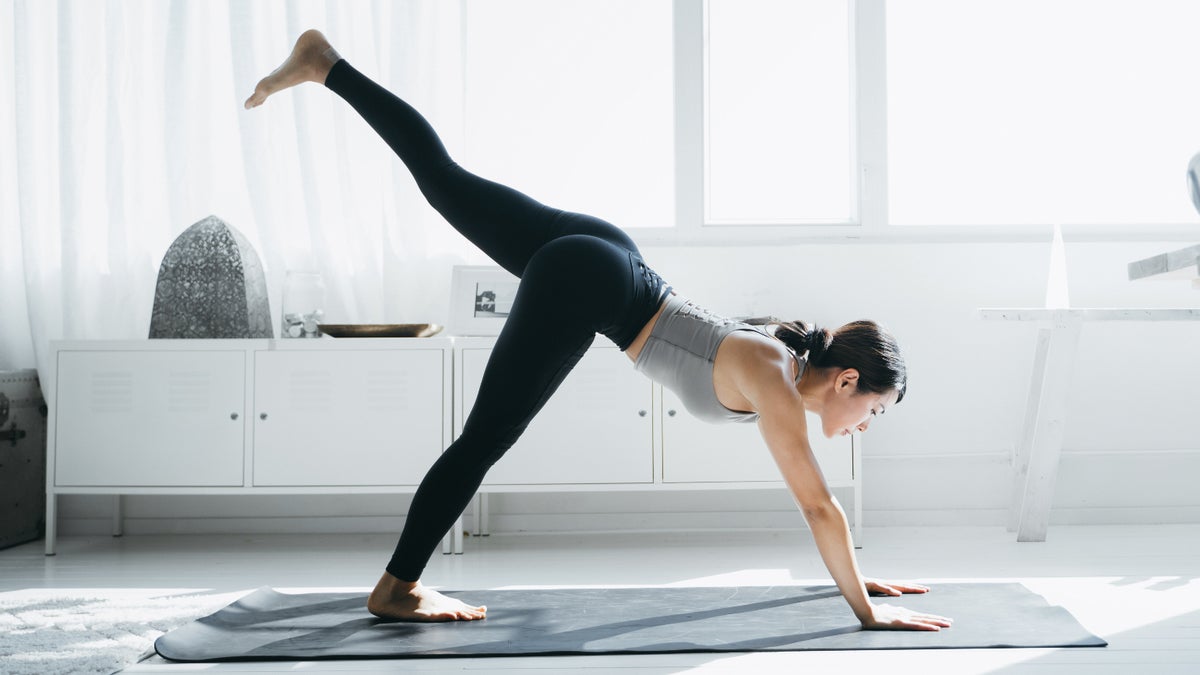
If you want to fart on a yoga mat, you may have heard of the seated forward pose. The seated forward pose involves bending your knees while bringing your chest up to your knees. Your legs are extended out. Touching your toes will allow you to fart. This position is not recommended for those with back problems. Instead, try the bent over position.
Stand straight up and reach for your ankles. You will be able to reach your crotch. By doing so, you will apply pressure to the abdomen and be more likely to fart. If this is not an option, you can try the baby foot position. This way, you can avoid straining your lower back and causing yourself to bloat. This pose can be practiced with your partner.

Pushing your butt cheeks towards each other and releasing is the best way for you to fart. However, this will not stop you from farting. It can actually make your fart quieter if you hold your bloated butt. Also, you might want to move your butt cheeks. This will give you a better understanding of your own strengths and weaknesses.
Yoga poses, in addition to allowing you to relax and be quiet, can also help you get rid of excess gas. Many of the yoga postures help release gas, which is necessary for the body to function properly. Some yoga poses are best performed alone or in a calm setting. If you are in a yoga lesson, it is easier to relax and concentrate on the posture. This will allow for deep breathing and help to release any trapped gas.
Your butt can be lifted to the best position for farting. While this may be more comfortable than other positions, it's not always the best position. The toilet ottoman is a great option to help adjust your pushing posture while you are seated. If you're in public, you can shift your chair from one side to another and keep your butt in the same position.

During your sleep, it's easy to forget that your stomach needs a place to pass gas. Gravity will push the gas through the colon by placing you asleep on your left. As you sit on your left, bend your knees so that you can fart more easily. This position is ideal if you must go to the bathroom often.
FAQ
Do Men Need A Gym Membership?
A gym membership is not necessary for men. A gym membership will make your money more valuable.
Most gyms offer free trial memberships, allowing you to try out the facilities before paying any fees.
You can use the gym whenever you like, and it won't cost anything. It's easy to cancel your membership when you decide whether or not you love the gym.
Are you a cardio-exercise fan?
Cardiovascular exercise can have many benefits. It improves blood flow, strengthens your heart muscle and increases stamina.
Cardiovascular exercise includes running, biking, hiking, swimming, tennis, basketball, soccer, volleyball, football, etc.
It is important that cardio exercises are not performed at high intensities. This could lead to injury.
The cardiovascular exercise should only be performed if you feel good.
Do not push yourself to the limit. You could injure yourself if you do.
Cardiovascular exercise is best done warm-up first. Gradually increase the intensity.
Be aware of your body and listen to it. If you feel pain when doing cardiovascular exercise, you should immediately stop.
It is also advisable to rest after a cardiovascular workout. This allows your muscles to recuperate.
Cardiovascular exercise can help you lose weight.
It is the most efficient way to lose weight and stomach fat.
How many calories do I need to eat each day?
It varies from one person to another. An average person needs 2000-2500 calories per day. The factors that determine how many calories are needed for you include your gender, age, height, activity level, lifestyle, and gender.
Statistics
- By John Thompson Take a whopping 38% off a set of PowerBlock Pros. (menshealth.com)
- Are You One of the 20% of Guys (mh.co.za)
- An estimated calorie range for moderately active adult males falls between 2,200 to 2,800 calories per day, depending on age. (eatright.org)
- Candidates and applicants must pass all four tests at 70% (minimum level) to graduate from Basic Deputy U.S. Marshal (BDUSM) Training. (usmarshals.gov)
- 10 pounds in a month is likely during a lean bulking phase, especially for beginners. (muscleandstrength.com)
External Links
How To
How can I burn fat while exercising?
Exercise can help you burn calories and increase your metabolism.
You'll lose weight safely if you exercise at moderate intensity.
These are some tips to help you lose fat while working out:
-
Cardio exercises include swimming, running or cycling.
-
Exercise for 30 minutes three times per week.
-
Strength training is a great way to lose weight.
-
Avoid intense training. You can build muscle and not break down muscle tissue.
-
When exercising, make sure to drink lots of water. Water flushes out toxins, and keeps your body properly hydrated.
-
After exercising, consume low-fat protein smoothies. Protein shakes help repair muscles and boosts energy.
-
Take smaller meals throughout each day to avoid feeling hungry.
-
Don't skip breakfast! Skipping breakfast can lead to fatigue and sluggishness.
-
Take care to your mental well-being. Stressful situations can affect your metabolism.
-
Keep a positive attitude. Studies show that overweight people are more likely to be obese than those who perceive themselves as attractive.
-
Get enough sleep. It is harder to lose fat if you don't get enough sleep.
-
Active living is key. Move around at least once an hour.
-
Maintain a healthy diet. Eat right to feel satisfied and full for longer.
-
Find ways to relax. A tense mind doesn't allow your body to release stress hormones that break down muscle tissue.
A balanced diet provides all the nutrients necessary for growth and development.
Eat six small meals each day instead of three large ones. This gives your body more time to digest the food you eat.
For strong bones to be maintained, you need approximately 500mg of calcium per day. Calcium can be found as a dairy product such as milk, yogurt and fortified soy drinks, orange juices, cereals, breads, and cereals.
Calcium can be found in leafy green veggies, beans, tofu and nuts as well as seeds, nuts and cheese.
Vitamin D is required by the body to absorb calcium. Vitamin D can also be found in some fortified foods such as eggs, fish, and yolk.
Vitamin E is essential for skin health. Vitamin E can be found in vegetable oils as well as wheat germ oil, peanuts and almonds.
Zinc is essential for healthy immunity and wound healing. Zinc can also be found in legumes, oysters, meats and whole grains.
Zinc deficiency could cause fatigue, nausea, vomiting, and depression.
Eating too much sugar causes insulin resistance, which increases blood glucose levels. Insulin resistance leads to weight gain.
Insulin resistance is caused by high blood levels of free-radicals. Free radicals are molecules containing unpaired electrons which cause damage to cells membranes.
Free radicals come mainly from food additives, pesticides, herbicides, preservatives, smoking, air pollution, radiation, chemicals in cosmetics, lotions, and household cleaning supplies.
Free radical damage can lead to cancer, heart disease, diabetes, arthritis, asthma, and aging.
Eating a well-balanced diet with antioxidants is the best way to prevent free radical damage. Antioxidants protect against oxidative damage.
Antioxidant vitamins include Vitamin C (found in citrus fruits), beta carotene (found in carrots, sweet potatoes, spinach, broccoli, cantaloupe, apricots, squash, mangoes, peaches, peppers, tomatoes, cabbage, cauliflower, kale, Brussels sprouts, collard greens, watermelon, and strawberries), and Vitamin E (found in nuts, olive oil, avocados, and eggs).
Selenium, copper and manganese are all antioxidant nutrients.
Selenium is known to protect cells from the oxidative damage that free radicals can cause. Selenium is found in Brazil nuts, tuna, liver, kidney, shrimp, cod, turkey, beef, lamb, pork, and chicken.
Copper protects the brain and eyes as well as the lungs and red blood cells. Copper can be found in shellfish and poultry as well as meat and organ meats.
Manganese plays an important role in bone structure. Manganese can be found in brown rice and spinach as well as bananas, prunes raisins, oatmeal, lentils, and oatmeal.
Zinc is required for normal growth, reproduction and wound healing. Zn is present in lean cuts of meat and white fish, as well as eggs.